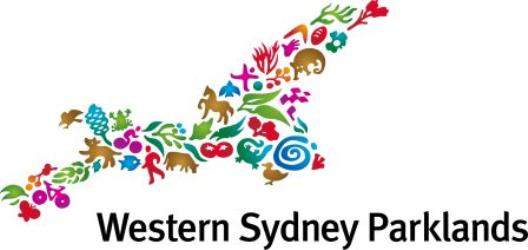Diabetes in Western Sydney
Western Sydney Diabetes was established in response to the growing threat diabetes poses to our community’s health and wellbeing
More than half of Western Sydney’s population is overweight and at risk of developing type 2 diabetes.
A common reference for understanding the scope of diabetes is the National Diabetes Service Scheme (NDSS) Diabetes Australia Map.

The map indicates a troubling 7% NDSS prevalence rate of diabetes in the Blacktown Local Government Area, surpassing the national average of 5.9% (1).
However, these figures, based on registered NDSS participants, likely underrepresent the true scale by 50%, excluding those with undiagnosed or unregistered diabetes.
Based on previous work, we know that western Sydney is a hotspot of diabetes burden (2). This is shown in the map below, with areas in the west having far higher rates of diabetes than areas to the east and north of the city.
This map uses data from the NDSS and shows that the burden of diabetes is very inequitable across Sydney, with very high rates in suburbs like Mount Druitt and Campbelltown.
In the WSLHD catchment, home to approximately 1 million adults, our estimates indicate:
- Type 2 Diabetes: 13% prevalence (99,125 people)
- High Risk of Diabetes: 38% (290,000 people)
- Low Risk of Diabetes: 49% (373,625 people)
These estimates, derived from multiple data sources including HbA1c tests from hospital Emergency Departments (EDs) and General Practices, encompass over 500,000 patient records. They provide us with a more confident assessment of 13% diabetes in adults in western Sydney.
Prevention
Western Sydney Diabete’s primary prevention programs and initiatives aim to reduce the development of type 2 diabetes in the community and limit the progression of people at ‘high risk’ or with pre-diabetes to a formal diagnosis of type 2 diabetes.
Specific emphasis is placed on high-risk priority populations.
Working with multiple partners, including Western Sydney Parklands, focus areas included restoring urban tree canopy and improving green space quality, increasing health professional referral, promoting alternative forms of exercise, improving healthy food consumption, increasing physical activity and enhancing the healthy built environment.
This Alliance is made up of a group of organisations arising from government, non-government and the private sector who come together to improve the environment of western Sydney in terms of food accessibility, exercise and the urban build.

References:
- Australian Diabetes Map, Diabetes Australia, https://www.diabetesaustralia.com.au/healthprofessionals/ (Updated: 06/10/2015).
- Astell-Burt T, Feng X, Kolt GS, McLean M, Maberly G, Understanding Geographical Inequities in Diabetes, Diabetes Research and Clinical Practice, 2014;106(3):e68-e73.
resources and information supplied by Western Sydney Diabetes
Ways to check for diabetes >>
Visit the Diabetes Australia website to learn more.

